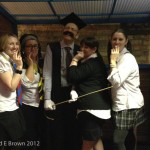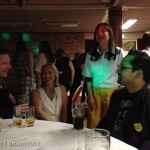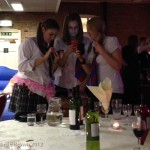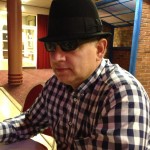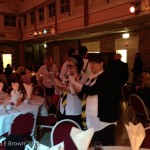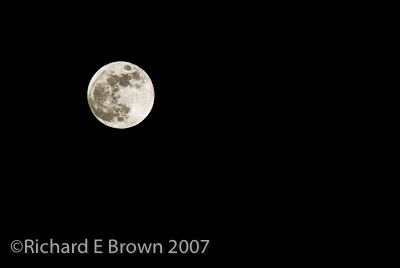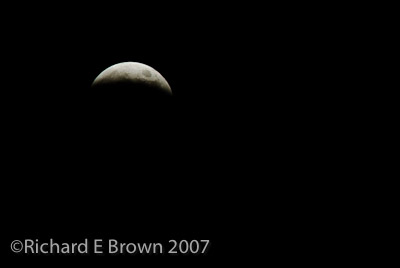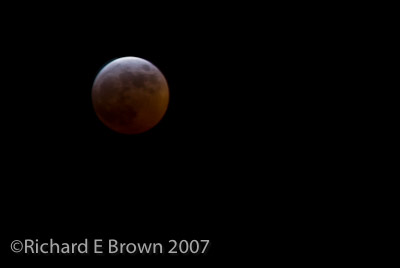I know a number of photographers who having been thinking long and hard about their gear choices.
Many are downsizing from large heavy DSLR’s to mirror-less, and there is now a mirror-less option for most people, but sometimes one camera cannot do everything.

What do I photograph?
Well my professional work is quite a mix, from model portfolios like the shot below:
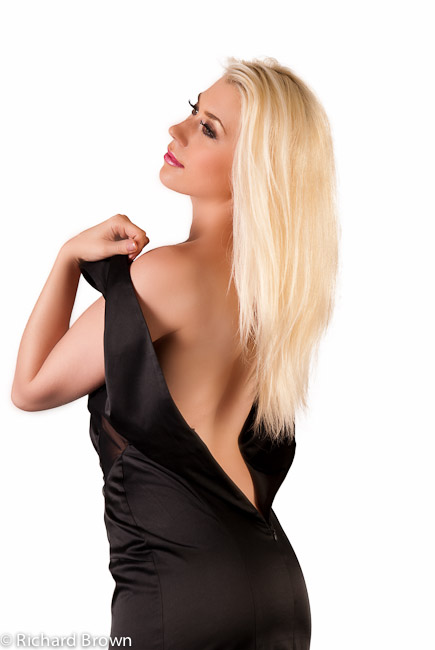
to weddings, portraits and even some event photographs like the shots below.
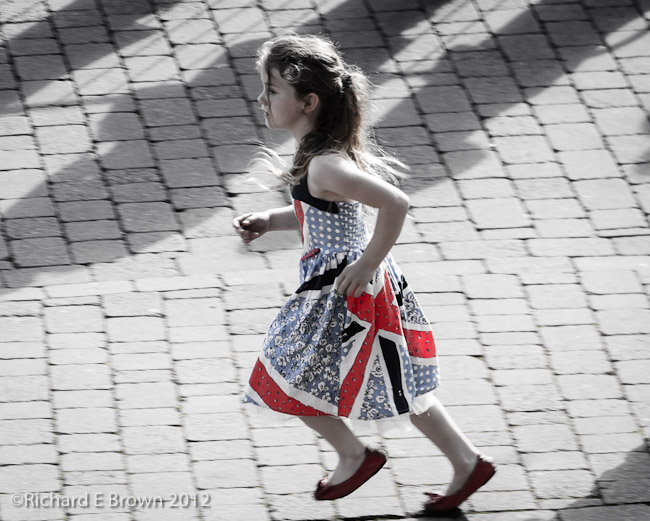
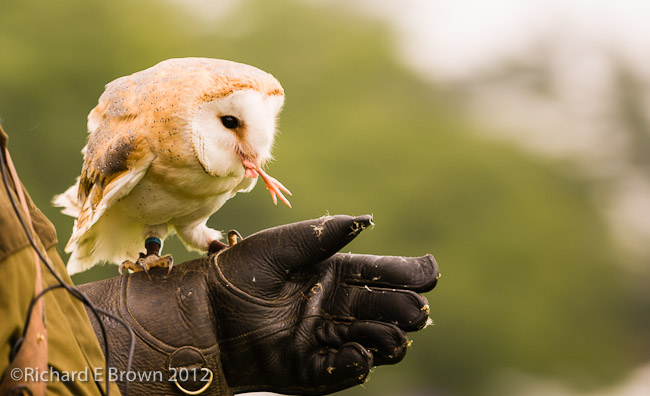
My personal work is landscape especially architectural landscapes and street photography, with a bit of wildlife and macro thrown in for good measure.

Now if you wanted to pick just one camera to do all this work then a professional DSLR would do the job but there are better choices.
Lets look at those subjects again.
- Model Portfolios – Studio Work
I do a lot of studio photography, for myself as well as portraits for people and models. Your after quality, mega pixels, sharpness, a camera that can shoot quickly to respond to a sudden expression that might appear, but as studio flashes recycle slowly fast recovery and fast frame rate are not necessary.
I use an DSLR and keep thinking about upgrading to a D800 to gain the extra mega pixels but a Medium Format Camera would be the best choice. Now I own a Hasselblad Medium Format Camera but currently cannot justify the cost of a digital back. If money was no option then I would add a Leica S with a wide angle lens and a mid telephoto lens.
- Weddings
Before digital most professionals used Medium Format, now its mainly Canon shooters with the great 5D; since the Nikon D3 and its high iso performance many now also use these. It can be dark in some of these churches. Shooting people can be an art and its interesting how people react to large cameras, a big digital SLR can put people off. Thats where Medium Format cameras with waist level finders come in, they can relax people more.
- Event Photography
This depends on the subject, I have shot parties, corporate events, even horse riding. Here a good all rounder is needed and no camera is a better all-rounder then the Digital SLR.
- Landscapes
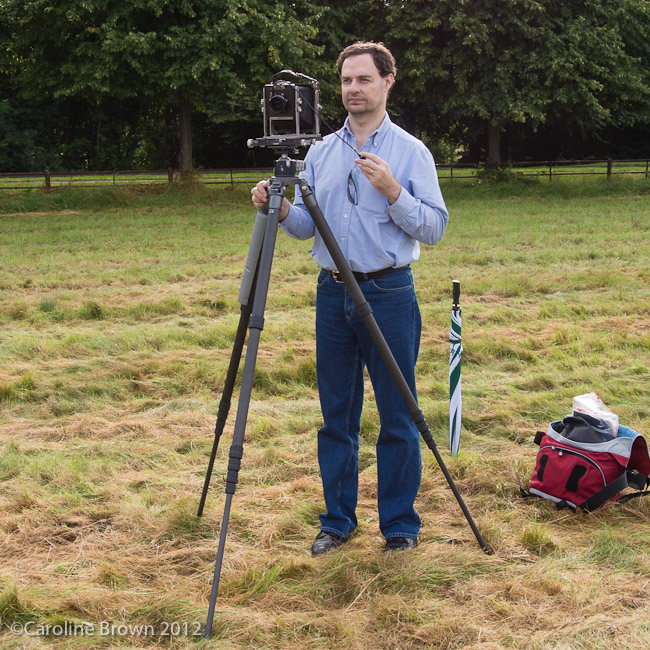
For landscapes think big. Medium Format or even Large Format. Tilt and shift lens or a camera with movements can also help. Here I use either my Hasselblad or Ebony.
- Street Photography
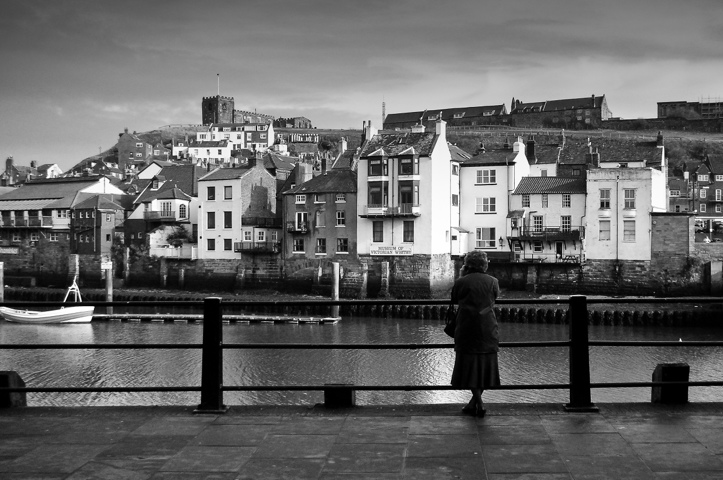
For years people have used Leica’s for this. There is something to be said for a small camera. People react better. I know a professional studio photographer who uses a Leica in the studio instead of his digital Medium Format Camera. He feels the models react better. I also know a Wedding photographer who uses a Leica for the same reason. Also if shooting during the ceremony mirror-less cameras like the Leica are very quiet.
- Macro Photography
Here the SLR rules, while some do use medium format and there are work-arounds available for others and live view is a major advantage to this kind of work.

- Wildlife
Once again the SLR is king. There may be certain subjects where other cameras may give you an advantage generally the SLR rules. While you can sometimes get good images like the one below which was taken with a Nikon D200 and a 200mm f/2.8 lens with a x1.4 teleconverter, bigger is better, and a Nikon D3s with a 800mm f/4 lens is hard to beat.

So what cameras should I own
- Model Portfolios – Studio Work
Best: Medium Format
General: Digital SLR
Alternative: Mirror-less
- Weddings
Best: Medium Format
General: Digital SLR
Alternative: Mirror-less
- Event Photography
Best: Digital SLR
General: Mirror-less
- Landscapes
Best: Large Format
General: Medium Format
Alternative: Digital SLR or Mirror-less
- Street Photography
Best: Mirror-less
General: Digital SLR
Alternative: Medium Format
- Macro Photography
Best: Digital SLR
General: Medium Format
Alternative: Mirror-less
- Wildlife
Best: Digital SLR
General: Mirror-less
Alternative: Medium Format
Looking at this list and what I shoot professionally and personally, then a digital Medium Format Camera is what I should be using for most of my work, with possibly a Leica acting as the mirror-less option.
Problem with all that is cost. With good digital Medium Format cameras at £20k and the lens at £5k a pop its just not an option. So I will keep looking at second hand digital backs to add to my old Hasselblad. Until then I will continue to use the good all rounder, the SLR. I will start using the Leica for none essential work as the quality is very high, but its slower and sometimes automation can help.
For Landscapes, using film on my Medium Format and Large Format Cameras is still a good option, even using the Leica is a good choice.
Looks like an excuse to keep all my current cameras!
I would like to replace one of the D200’s, there are getting old now and the ISO performance when shooting Weddings and Wildlife is not always what I would like, but what with? Well thats a discussion for another day.
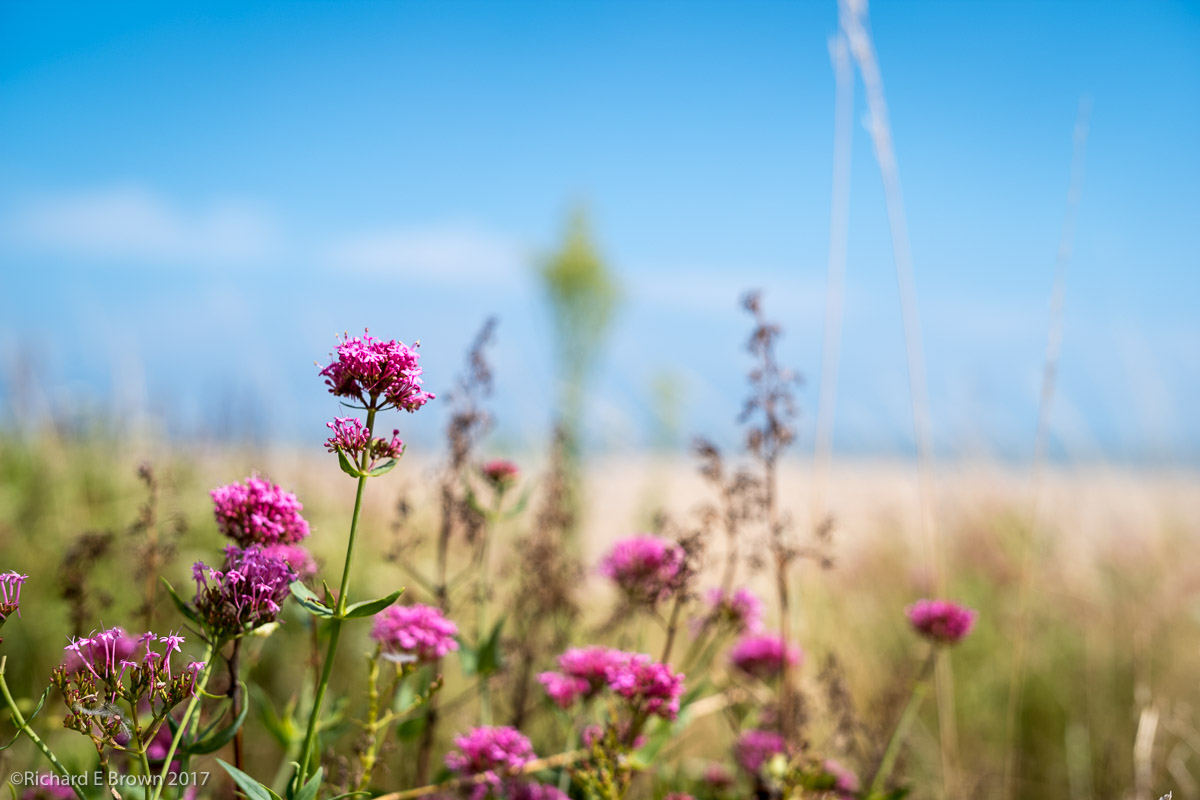
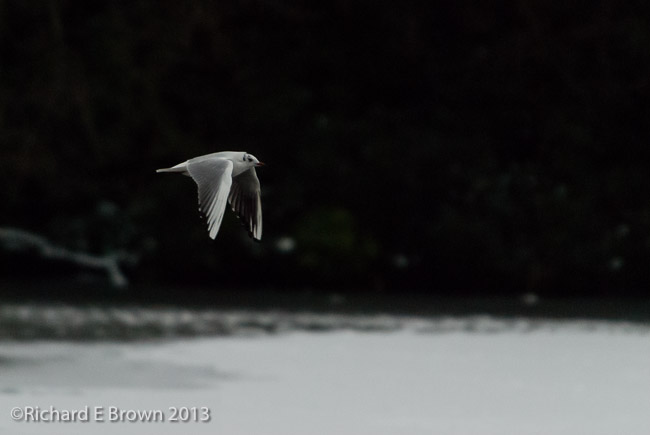
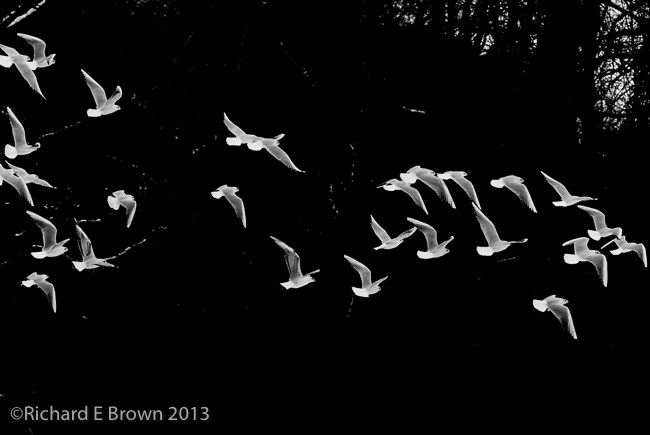

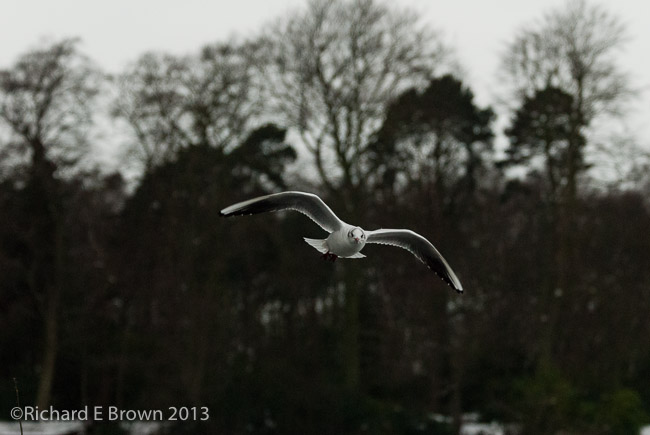
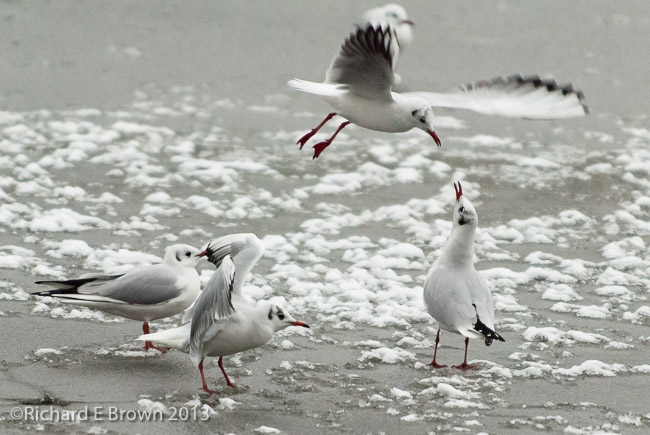
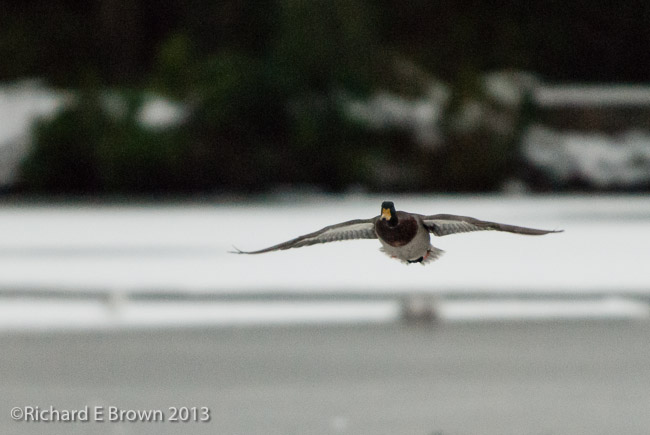
 New, gear new lens, there is always something we want. Most of us would do far better to just go out more and shoot what we enjoy and learn to use the equipment we have.
New, gear new lens, there is always something we want. Most of us would do far better to just go out more and shoot what we enjoy and learn to use the equipment we have. Whitby is one of our top three holiday destinations in England. When we visited a few months ago there had been a landslip, resulting in some houses having to be demolished.
Whitby is one of our top three holiday destinations in England. When we visited a few months ago there had been a landslip, resulting in some houses having to be demolished.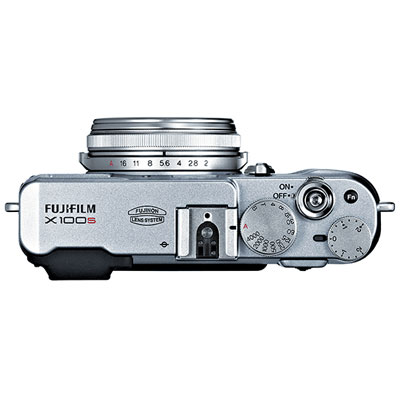 As expected Nikon announced more cameras in the Nikon 1 system and Fuji announced the replacement to the X100 and the X10 with the X100s and X20.
As expected Nikon announced more cameras in the Nikon 1 system and Fuji announced the replacement to the X100 and the X10 with the X100s and X20.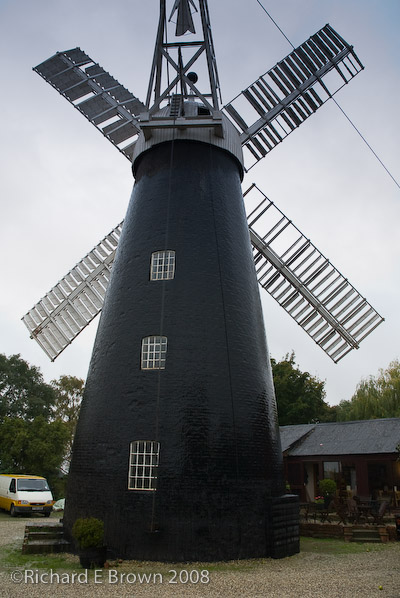 Saturday morning found me running low on supplies, I was low on strong flour for bread making, so with the weather being cold but fine, it was a great excuse for a ride out on the motorcycle.
Saturday morning found me running low on supplies, I was low on strong flour for bread making, so with the weather being cold but fine, it was a great excuse for a ride out on the motorcycle. With the full BMW Rallye 2 suit with all its liners in, that would keep me nice and cosy. I added silk under gloves under my waterproof gloves which together with my heated grips on the bike would keep my hands warm.
With the full BMW Rallye 2 suit with all its liners in, that would keep me nice and cosy. I added silk under gloves under my waterproof gloves which together with my heated grips on the bike would keep my hands warm.